Cyber Security
Gain in-depth knowledge in Cyber Security
Enroll Now- Guaranteed first-class internship opportunities.
- Exceptional training methods by industrial experts from top-notch companies like Drive IT to build up practical knowledge and technical exposure.
- Potential hands-on learning enables learners to gear up for real-time challenges.
Duration
60 hours of comprehensive sessions with virtual labs & assessments.
Validity
6 Months from purchase
Mode
Online
Price
Rs. 17,500/-
Rs. 15,000/-
Eligibility
Any Graduates, Freshers, Engineers, Professionals, Tech Enthusiasts, or Entrepreneurs.
Introduction
Course Highlights
Specially designed curriculum
Mentoring session by the top industry expert
Internship & Placement opportunities
Learn at your own pace
Hassle-free access to course
Hands-on lab access
Who is this course for?
This course is targeted toward an Information Technology (IT) professional who has networking and administrative skills in Windows-based TCP/IP networks and familiarity with other operating systems, such as OS X, Unix, or Linux, and who wants to further a career in IT by acquiring a foundational knowledge of security topics; prepare for the CompTIA Security+ Certification examination; or use Security+ as the foundation for advanced security certifications or career roles.
Course Objectives
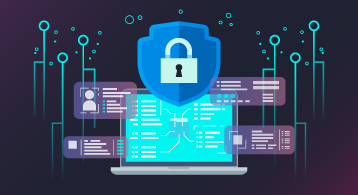
Identify the fundamental concepts of computer security.

Identify security threats and vulnerabilities.

Examine network security.
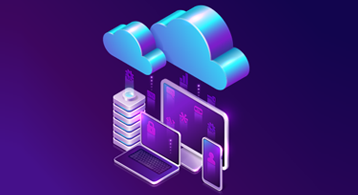
Manage application, data and host security.
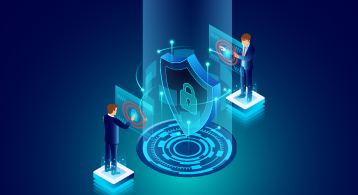
Identify access control and account management security measures.
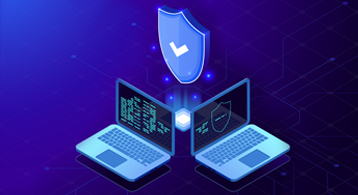
Manage certificates.
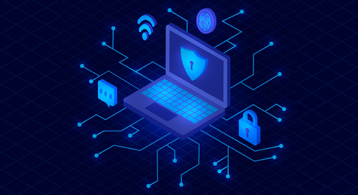
Identify compliance and operational security measures.
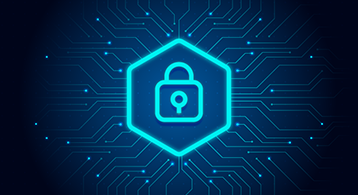
Manage risk & security incidents.

Develop business continuity and disaster recovery plans.
Course Curriculum
- Compare and Contrast Information Security Roles | M1 | S1
- Compare and Contrast Security Control and Framework Types | M1 | S2
- Explain Threat Actor Types and Attack Vectors | M2 | S1
- Explain Threat Intelligence Sources | M2 | S2
- Assess Organizational Security with Network Reconnaissance Tools | M3 | S1
- Explain Security Concerns with General Vulnerability Types | M3 | S2
- Summarize Vulnerability Scanning Techniques | M3 | S3
- Explain Penetration Testing Concepts | M3 | S4
- Compare and Contrast Social Engineering Techniques | M4 | S1
- Analyze Indicators of Malware-based Attacks | M4 | S2
- Session-1
- Assessment-1
- Compare and Contrast Cryptographic Ciphers | M5 | S1
- Summarize Cryptographic Modes of Operation | M5 | S2
- Summarize Cryptographic Use Cases and Weaknesses | M5 | S3
- Summarize Other Cryptographic Technologies | M5 | S4
- Implement Certificates and Certificate Authorities | M6 | S1
- Implement PKI Management | M6 | S2
- Summarize Authentication Design Concepts | M7 | S1
- Implement Knowledge-based Authentication | M7 | S2
- Implement Authentication Technologies | M7 | S3
- Summarize Biometrics Authentication Concepts | M7 | S4
- Implement Identity and Account Types | M8 | S1
- Implement Account Policies | M8 | S2
- Implement Authorization Solutions | M8 | S3
- Explain the Importance of Personnel Policies | M8 | S4
- Session-2
- Assessment-2
- Implement Secure Network Designs | M9 | S1
- Implement Secure Switching and Routing | M9 | S2
- Implement Secure Wireless Infrastructure | M9 | S3
- Implement Load Balancers | M9 | S4
- Implement Firewalls and Proxy Servers | M10 | S1
- Implement Network Security Monitoring | M10 | S2
- Summarize the Use of SIEM | M10 | S3
- Implement Secure Network Operations Protocols | M11 | S1
- Implement Secure Application Protocols | M11 | S2
- Implement Secure Remote Access Protocols | M11 | S3
- Implement Secure Firmware | M12 | S1
- Implement Endpoint Security | M12 | S2
- Explain Embedded System Security Implications | M12 | S3
- Session-3
- Assessment-3
- Implement Mobile Device Management | M13 | S1
- Implement Secure Mobile Device Connections | M13 | S2
- Analyze Indicators of Application Attacks | M14 | S1
- Analyze Indicators of Web Application Attacks | M14 | S2
- Summarize Secure Coding Practices | M14 | S3
- Implement Secure Script Environments | M14 | S4
- Summarize Deployment and Automation Concepts | M14 | S5
- Summarize Secure Cloud and Virtualization Services | M15 | S1
- Apply Cloud Security Solutions | M15 | S2
- Summarize Infrastructure as Code Concepts | M15 | S3
- Explain Privacy and Data Sensitivity Concepts | M16 | S1
- Explain Privacy and Data Protection Controls | M16 | S2
- session-4
- Assessment-4
- Summarize Incident Response Procedures | M17 | S1
- Utilize Appropriate Data Sources for Incident Response | M17 | S2
- Apply Mitigation Controls | M17 | S3
- Explain Key Aspects of Digital Forensics Documentation | M18 | S1
- Explain Key Aspects of Digital Forensics Evidence Acquisition | M18 | S2
- Explain Risk Management Processes and Concepts | M19 | S1
- Explain Business Impact Analysis Concepts | M19 | S2
- Implement Redundancy Strategies | M20 | S1
- Implement Backup Strategies | M20 | S2
- M21 | S1
- M21 | S2
- Session-5
- Assessment-5
- Live Session 1
Achievements
99+
Hiring Partners
No 1
Online Cyber Security course with extensive teaching methodology
21
Specialized modules
Benefits of pursuing Cyber Security
- CompTIA Security+ is the global benchmark for best practices in IT security.
- It is the first security certification IT professionals should earn. It establishes the core knowledge required for any cybersecurity role and provides a springboard to intermediate-level cybersecurity jobs.
- It incorporates best practices in hands-on troubleshooting to ensure security professionals have practical security problem-solving skills. Cybersecurity professionals with CompTIA Security+ know how to address security incidents – not just identify them.
- It is compliant with ISO 17024 standards and approved by the US DoD to meet directive 8140/8570.01-M requirements.

Mentor - Mr. Bhargav Kumar
Mr. Bhargav Kumar is an M.Tech graduate who is specialized in software engineering from Guru Nanak Institutions Technical Campus. He has teaching experience of 5+ years. He trained several students in Cyber Security. He is a CompTiA Security+ certified trainer. He is actively engaged in technical consultancy and service delivery in DriveIT Technologies Pvt. Ltd.
The EdifyPath Advantage
©️ 2024 Edify Educational Services Pvt. Ltd. All rights reserved. | The logos used are the trademarks of respective universities and institutions.




